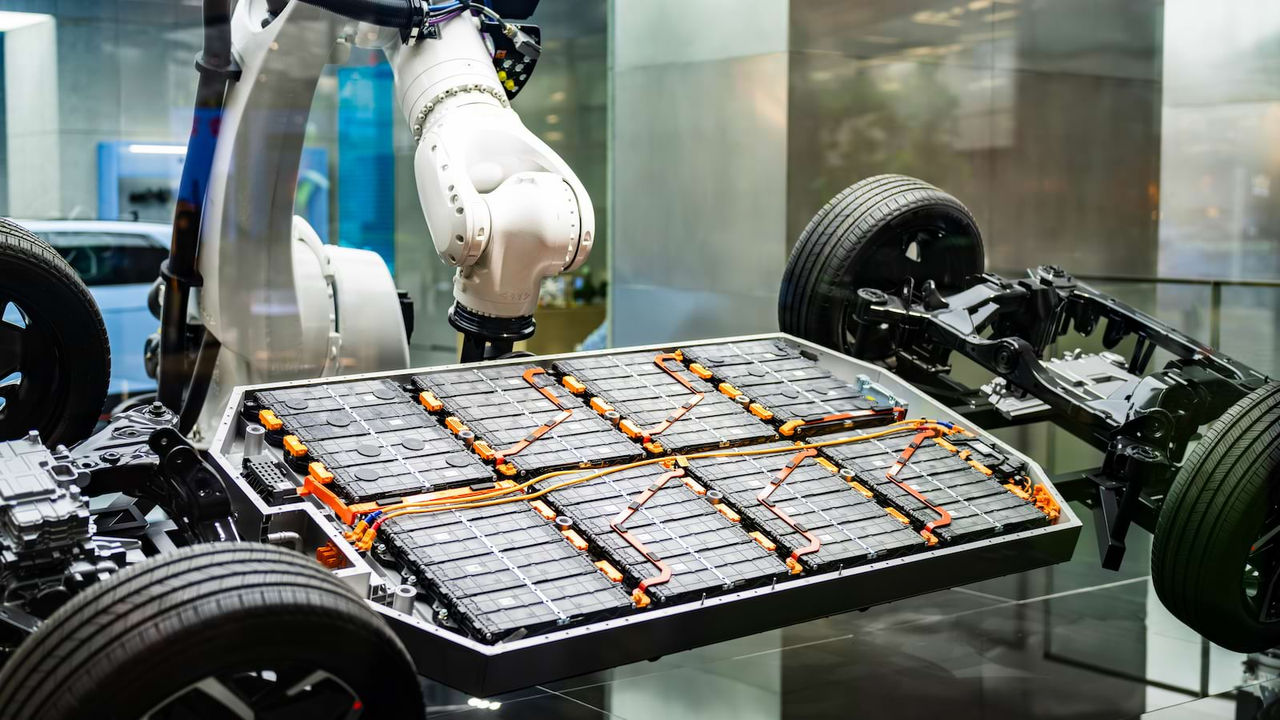Analysis of 2017 company results
The automobile industry in Central Europe is experiencing a boom that is outstripping the strongest period of the industry globally. In 2017, more than one third of automobile suppliers recorded revenue growth of more than 10%. A quarter saw growth by 5% to 10%, and almost 18% increased their revenues by up to 5%. In total, less than one sixth of the companies recorded a revenue drop year-on-year. However, despite overall growth, there was a factor present last year that reduced production. Some production plants were preparing to launch new models and that had an impact on some supplier`s orders. In spite of this, there was production growth in the supplier sector in last year, which also confirms the relatively high level of production diversification towards the foreign consumers.
What was your Y2Y change in revenue compared to the previous year?

What were the main factors for the 2017 revenues change?

Changes in the production portfolio of automobile producers to who the Slovak automobile industry delivers significantly impacted utilization of capacity. Almost two thirds of respondents utilized their capacity at more than 80%, which is a general precondition of a profitable operation. One third of the suppliers almost fully utilized their capacity, and more than 7% of surveyed companies produced higher volumes than the volumes achieved by normal utilization of their capacity, which indicates a particularly high volume of orders from their customers. If this trend continues, the suppliers are likely to make additional major investments in building new operation units and production lines. Most of the other companies used their capacities at 60% to 80%, which is also relatively high.
What is your current production capacity utilisation?

Supplier`s plans for the future
According to the expectations of the suppliers, the growth of the automobile industry in Central Europe will continue in 2018. A number of new products of automobile producers in the region will be a strong factor impacting this positive development, and two of the three automobile producers with plants in Slovakia have launched new models this year. Moreover, at the end of the year, the production of the Slovak plant of Jaguar Land Rover is scheduled to start. The impact on total production volumes will be relatively low this year. Almost 40% of the surveyed companies expect year-on-year revenue growth of more than 10%. Almost 30% expect growth by 5% to 10%. Almost a quarter expect no major changes in their revenues, and less than 9% of the companies expect a drop this year.
What revenue change do you expect in 2018?

Which of the following risk factors may affect your future growth prospects?

According to the survey results, Slovak automobile suppliers continue to require additional resources the most in the region. While in Hungary, an unchanged situation prevails as regards expectations, and in Austria, slight growth is expected, almost 50% of Slovak respondents expect further growth in employment. In addition, almost 29% of suppliers expect to increase their headcount by more than 10%. Given the expected development in revenues and headcounts, labour productivity is also expected to increase this year.
What headcount changes do you expect in 2018?

The automotive industry is currently one of the industries being subject to technological change. The most noticeable change is the trend of increased efficiency of automobile performance, particularly by reducing consumption, which is the result of economic requirements of customers and strict EU environmental requirements, of the member states, and in some countries, municipal policy. Therefore, it is not surprising that more than 40% of the surveyed companies consider new materials, particularly those of low weight, to be an important innovation area, and one quarter of companies want to apply alternative driving technologies, in particular electrical and hybrid technologies, based on innovations. One quarter of the companies named digitalization as a significant area of innovation with an impact on their business. Digitalization is related to product innovation, particularly various assistance systems, as well as to changes in production processes, particularly as a result of automation and application of Industry 4.0 principles.
Is the shareholder/group planning to transfer production in the next 12 months and if so why?

The importance of the availability of skilled labour is also reflected in the ability to win new projects. 53% of the surveyed suppliers – about the same number as in the previous year - stated that the lack of skilled labour is limiting their possibilities to win new contracts. A comparison of Slovakia with neighbouring countries gives some surprising results. According to the outputs of a similar PwC survey, Slovak suppliers face similar problems to Austrian suppliers that are even more limited as regards their development by staff shortages. For Hungarian suppliers it is a less important factor in winning new projects.
Does a lack of labour restrict your ability to accept new projects?

Importance of innovations
Due to increasing competition and shortening of innovation cycles in the automobile industry, the possibilities to obtain innovation inputs from the research and innovation are becoming even more important factors for successful operation in the automotive field. According to more than 50% of the companies, research and development is managed at the group level. A small percentage of the companies are considering starting research and development activities in Slovakia, or participation in these activities of the group. One quarter of the respondents is involved in research and development activities in Slovakia, though exclusively within the parent group. Some companies’ research and development departments also provide services to third parties. Regarding the participation share of R&D, Slovak suppliers are lagging behind their colleagues in Hungary or Austria, where participation in R&D is at the level of 50% to 70%. It is perceived that others countries do more to incentivise R&D activities.
Do you undertake R&D in Slovakia?













